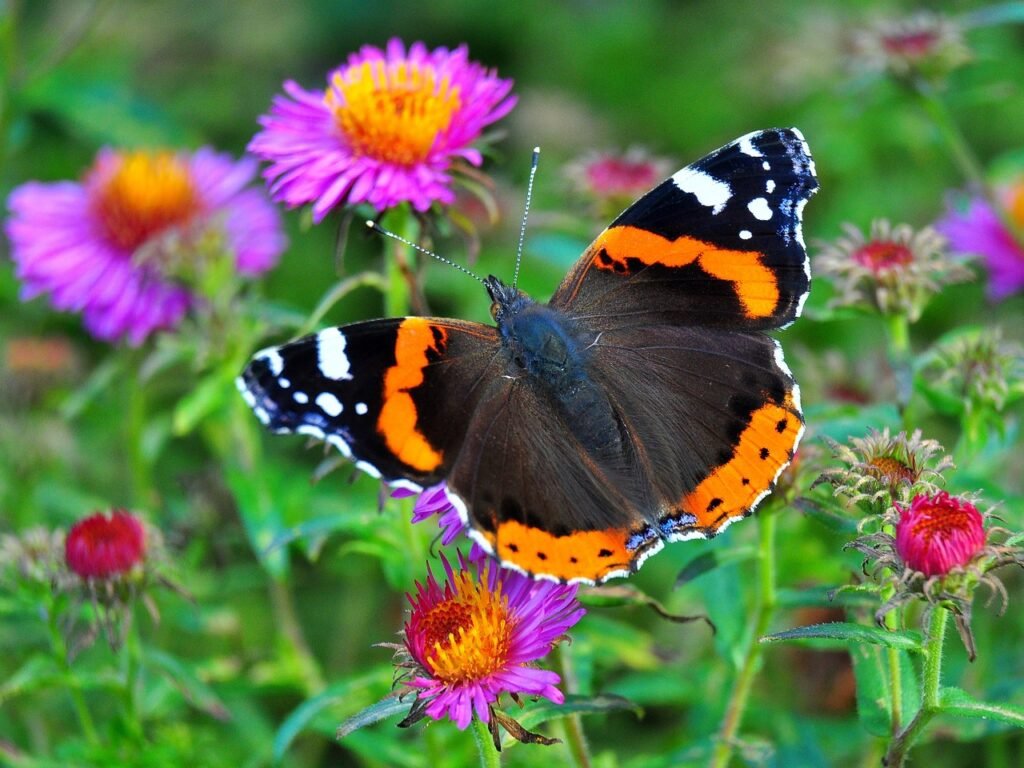Indoor gardens can benefit from pollinators, especially if they contain flowering plants that require pollination for fruit or seed production. However, many indoor gardeners opt for self-pollinating plant varieties or manually pollinating plants using techniques like hand pollination or shaking plants gently to disperse pollen. While pollinators like bees or butterflies can enhance pollination efficiency and biodiversity in indoor gardens, they are not always necessary for successful plant growth, especially in controlled indoor environments where conditions can be manipulated to support plant reproduction.
Many plants require pollinators such as bees, butterflies, birds, and bats to transfer pollen between flowers, enabling them to reproduce. Examples include fruits like apples, strawberries, and blueberries, as well as vegetables like tomatoes and squash.
Indoor gardens can be pollinated manually using techniques such as:
1. Hand pollination: Use a small brush or cotton swab to transfer pollen from one flower to another.
2. Shake method: Gently shake the plants to release pollen, mimicking the wind or the movement of pollinators.
3. Electric toothbrush: Use a clean electric toothbrush to vibrate flowers, facilitating pollen transfer.
4. Q-tip method: Swab the inside of flowers with a Q-tip to collect and transfer pollen.
5. Blow method: Blow gently on flowers to disperse pollen.
These methods simulate the actions of natural pollinators and can help ensure successful fruit and vegetable production in indoor gardens.
Here are ten steps to pollinate indoor gardens manually:
1. Identify the plants that require pollination in your indoor garden. These are typically flowering plants that produce fruits or vegetables.
2. Determine the appropriate time for pollination. Most plants are ready for pollination when they are in bloom and have visible pollen.
3. Prepare your tools. Gather a small brush, cotton swabs, or other materials suitable for transferring pollen.
4. Select a flower to pollinate. Choose a flower that is open and has visible pollen.
5. Gently collect pollen from the stamen (male part) of the flower using your chosen tool. Ensure that you do not damage the flower in the process.
6. Transfer the collected pollen to the stigma (female part) of another flower of the same species. This mimics the natural process of pollination.
7. Repeat steps 4-6 for each flower that requires pollination in your indoor garden.
8. If using the shake method, gently shake the plants to release pollen and facilitate its transfer between flowers.
9. Monitor the progress of pollination by observing the development of fruits or vegetables in your indoor garden.
10. Repeat the pollination process as needed until all flowers have been successfully pollinated and fruit set occurs.
By following these steps, you can effectively pollinate your indoor garden and promote the growth of fruits and vegetables.

